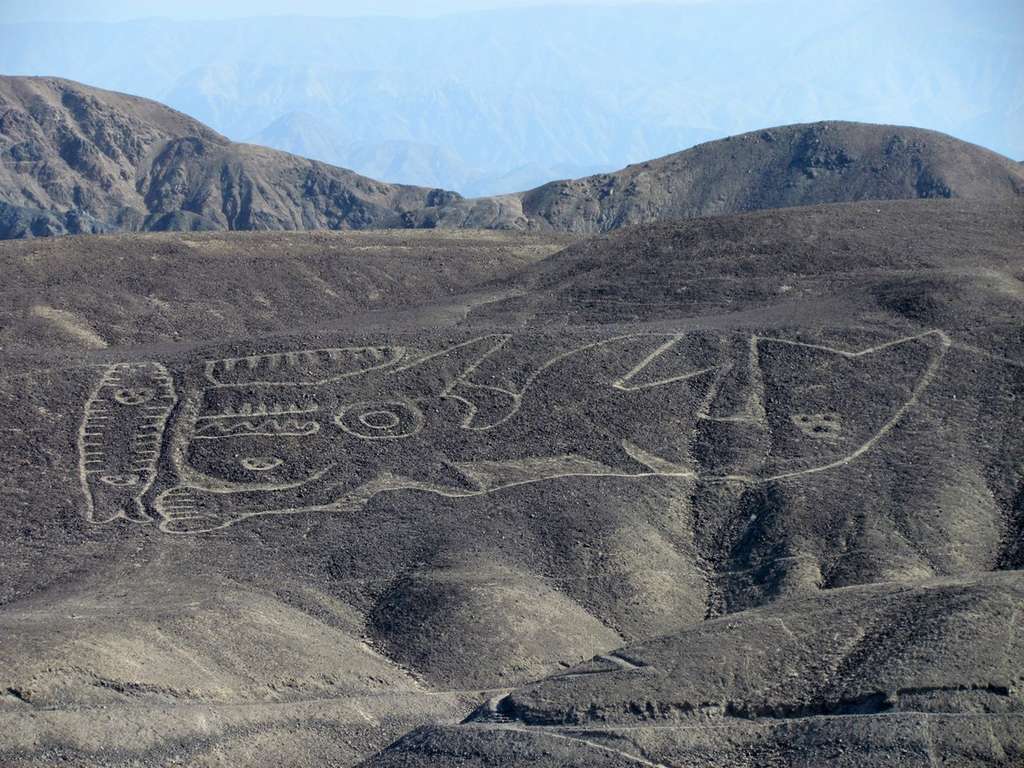
Pan-African ideology emerges in the 19th century, when nationalisms (especially those of the Pan-German type, Pan-Slavism, etc.) and the first continentalisms (Pan-Americanism, then pan-Europeanism) developed. The duality of Pan-Africanism comes from there: on the one hand, a diasporic Pan-Africanism, based on “negritude”; on the other, a continental Pan-Africanism, where the continent itself serves as an identity framework. The first was born across the Atlantic and was defined by intellectuals like Edward W. Blyden or William B. Du Bois. The second, which constitutes a sort of African reappropriation, was imposed at the Fifth Pan-African Congress in Manchester in 1945: “Rather than a nebulous movement, vaguely concerned with black nationalism, the Pan-African movement had become an expression of African nationalism” (K. Nkrumah, Africa Must Unite, 1963). This choice of space rather than race led to the creation of the Organization of African Unity (OAU) in 1963 in Addis Ababa. The political objective, then, was twofold: on the one hand, it was a question of protecting Africa from an internal disintegration (balkanization) and, on the other hand, of preventing the continuation of domination from the outside (neocolonialism). Since then, following the setbacks of the OAU, it gave way, in 2002, to the African Union, whose objective is more economic, more pragmatic, on the model of the European Union. The move from unity to union can be seen as significant. At the start of the 21st century, Pan-Africanism is therefore as much a field of historical research as it is a horizon of expectation.



